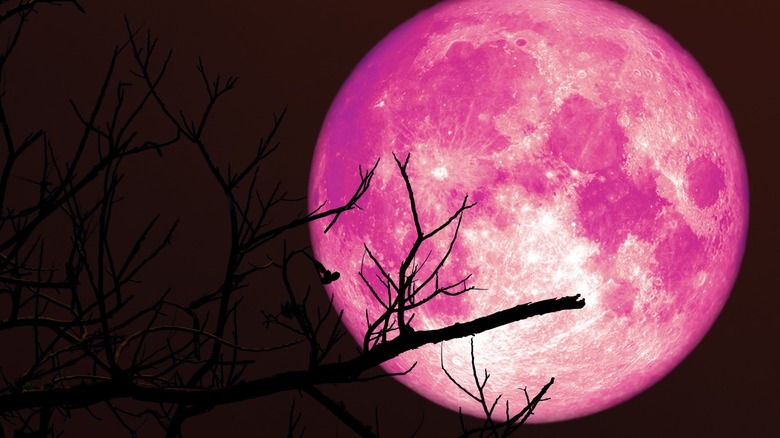Tiny Glass Beads Could Reveal The Moon's Secret History
You might see the Moon as a grey, lifeless orb that orbits our planet each day. However, many researchers believe that the Moon is more alive than we believe. Further, they believe that the Moon's secret history could help us learn more about how it formed billions of years ago.
While it might look grey from afar, the Moon is actually home to thousands (maybe even millions) of tiny glass beads. These beads, astronomers say, could actually help us learn more about our satellite's past, as they likely formed during a period of volcanic activity on the Moon.
Many believe that the Moon's secret history is tied to that volcanic activity and that these beads, which the Apollo astronauts brought back when they returned home, formed between 3.3 and 3.6 billion years ago. Now, researchers are using modern techniques to look deeper into the beads.
The researchers' findings suggest they have been able to look inside the beads and uncover more information about the microscopic minerals inside the lunar beads. Through this "unprecedented view," they were able to look back into the Moon's past. Each bead, the researchers note, tells its own version of that story.
Some of the beads are more orange in color, while others have a glossy black appearance. The fact that these beads even exist tells us more about the Moon's secret history of volcanic eruption, which we haven't been able to study in-depth.
Perhaps as we work to colonize other planets, and one day set up a Moon colony, we can figure out what caused these eruptions to eventually cease, as astronomers have long believed the Moon was "dead" because of the lack of any modern eruptions.
Plus, the beads have a shape and chemical composition never before seen here on Earth. By analyzing them, the researchers know a bit more about our Moon than before.
